What are the Terrible Twos?
What can be so terrible about a two-year-old toddler? While our babies are the cutest and most loving little humans in the world, there are certain stages both, parents and a baby, have to face. This is where signs of terrible twos start to appear.
The terrible twos is a developmental stage that your baby naturally forms when he starts to have his own wishes, needs, and demands. Now he wants things to be done his way but, unfortunately, there is still a lack of communication for the obvious reasons that frustrate your child the most. Not to mention that during the terrible two phase your baby gets quite scared and overwhelmed by the whole spectrum of feelings and changes that happen inside of him.
This is where terrible twos tantrums appear simply because this is the way how your child expresses himself. But these are not the only signs of terrible twos.
On a positive note, there is absolutely nothing to worry about, terrible 2s is a good thing happening to your child and certainly, it will go away soon. However, it is always a good idea to be mentally prepared and understand how to deal with terrible twos more efficiently.
Today we will try to explain each and every side of this stage, including sometimes an unpredictable terrible twos behavior that happens to the majority of toddlers reaching the two-year-old mark, often refers to as “terrible twos”.
- What are the Terrible Twos?
- When do Terrible Twos start?
- When do Terrible Twos end?
- What are the signs of Terrible Twos?
- What are the reasons for Terrible Twos?
- How to handle Terrible Twos?
- What to do if talking doesn’t work during the Terrible Twos phase?
- What should you never do to fight the Terrible Twos?

When do Terrible Twos start?
The terrible twos do not necessarily begin right after your child turns two. In fact, it all depends on your baby’s overall development. There are multiple factors affecting the process.
The terrible twos can start up to six months earlier or later, but generally speaking, expect them anywhere from 18 to 30 months of age.
When do Terrible Twos end?
Again, it all depends on your baby and the way you are coping with terrible twos. Good news is that the terrible twos phase can last only two weeks. Bad news terrible twos tantrums can still happen after your child turns three smoothly passing on to terrible 3s stage. They often become less frequent as you work with your child.
Read More:
What are the signs of Terrible Twos?
How do you know that your child experiences the “Terrible Twos”? Below is the list of most common terrible twos symptoms:
- Unstoppable tantrums
- Constant protest
- Total ignorance
- Kicking things
- Hitting others
- Lack or absence of control
- Rapid mood swings
- Showing aggression
- Anything you say or do meets your baby’s reaction as “No”.
For example, my son also points his finger and makes a super serious face on top of the magic “No”. The truth is that although it is sometimes hard dealing with terrible twos, with the right approach, it also can be fun watching your child learn to express himself.
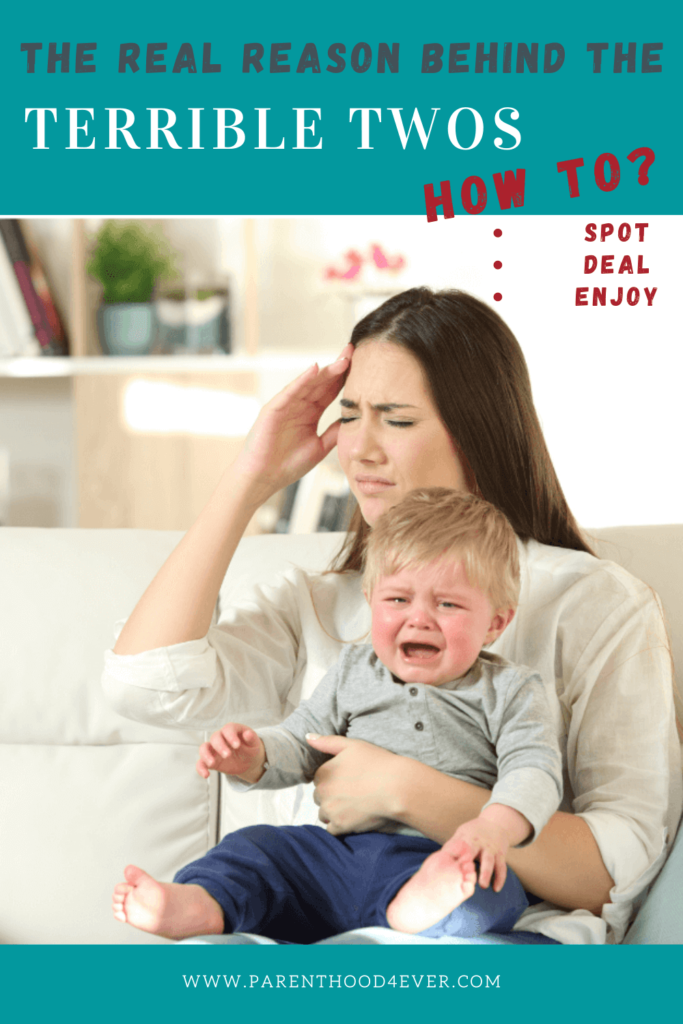
What are the reasons for Terrible Twos?
In the first three years of life, child psychologists define the three most critical turning points in the child’s behavior. Each of them is associated with certain changes in development. For example, the crisis of the first year usually happens when the child starts to walk; while the crisis of the third year normally relates to establishing his or her own personality trait characterized by a focus on personal achievement, independence, and freedom.
There are quite a few reasons for Terrible Twos:
Showing the character
This happens when needs or desires exceed capabilities. In other words, when your baby wants more, but still can’t explain himself well enough.
Feeling his or her own individuality
And this is when your baby physically and psychologically starts to realize that he is a unique part of himself and no longer is a part of his mom. He has an individual personality, and this is exactly why and when the two-year-olds start to enjoy this idea and use it in their favor exploring everything on their way.
Do you think your child is experiencing Terrible Threes?
Read Now: Terrible Threes or How To Handle Terrible 3-Year-Old Tantrums
How to handle Terrible Twos?
The above-mentioned terrible twos behavior is just a tiny bit of the whole range of feelings that falls on poor parents. Some parents, including me, become helpless to understand what has happened with their child and what was that crucial mistake to make it all happen.
If you are reading this post, your child most likely has faced or is facing the terrible twos stage now. Leave your comment below sharing how your child expresses himself. We would love you to share your experience to support our community.
What is important to understand is that this is one of the most important development stages of your child and absolutely a must-have. He is the one who has faced with something new that scares him and he doesn’t really know how to handle the situation himself. In most cases, your baby doesn’t understand what is happening to him and why he wants to do everything without your help. This is why it is so important that you are there for him guiding and showing him the right way to go.
The right way is quite simple (but nobody said it is easy, patience is the golden rule here!).
1. Keep calm!
2. Talk to your baby!
During the next terrible twos tantrum, look in your child’s eyes and say to him: “I fully understand you are tired/ something bothers you/ you feel upset, sad, angry, etc.”
This is exactly what your child is trying to show you but yet can’t explain. Try to guess his mood, his feelings, his gestures, and be very supportive no matter how much in a hurry you are, how much it all goes wrong, or how embarrassing it is at the place you are. Just sit near him, breathe and let you both calm down.
My son all of the sudden decided he hated to get changed. He didn’t care to stay in a dirty nappy for hours, nor the fact that it comes out from his nappy. At some point, it didn’t bother him at all. Believe it or not, to do it the right way cost me an hour or sometimes more, and it was not always the case. But as a workaround, I sometimes managed successfully to let him take off his clothes on his own because I promised he would start the washing machine by himself.
Interested in how the child’s brain works?
Read now: Children’s Stages of Development or How To Understand Your Child
All changes come so fast that you don’t recognize your child anymore – he is so grown-up and independent now. All of the sudden, he doesn’t want you to feed him, he kicks you out of the bed and brings you to the kitchen holding your hand to make breakfast for him. He wants to wash his body and brush his teeth on his own; he now tries to put his socks and shoes on and knows exactly where to put his dirty cup, how to clean up a mess, and where to get detergent to do the washing. And this is brilliant! This means you have an amazing child and you are an amazing parent.
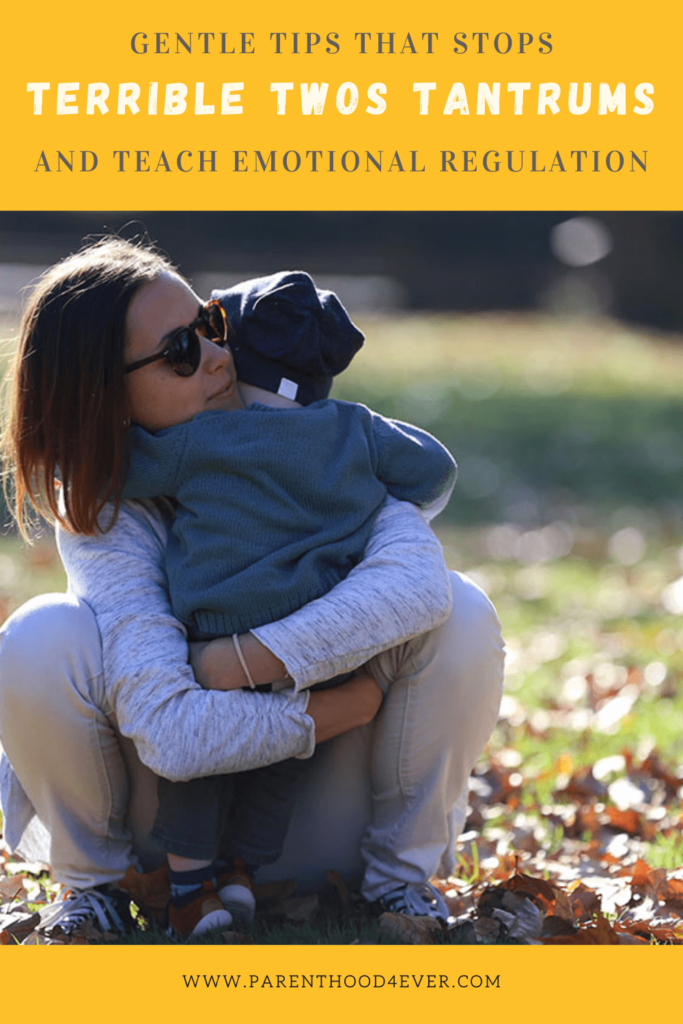
3. Reason it!
Keeping calm does not necessarily mean you have to let your baby do whatever he wants. Then you will totally lose control (something that I am so grateful to my husband, as he knows where is that right moment to put the right limits). Everything should meet the balance and the right reason for it so that your baby doesn’t think he can get anything he wants with the first cry or tear. No little manipulations are welcome!
Reaching an understanding of the situation and sometimes compromising is important. All you can do is to explain why this is a bad idea, why he can’t do this, and what this behavior means to others.
It is a very good idea to have a simple discussion of “can-do” and “cannot-do” during a peaceful time. In fact, if you observe how nurseries, childminders, or nannies work, you will see that the majority spends their days constantly explaining to kids what is good and what is bad so that at the end of the day, they reach the understanding.
Read More:
- Benefits of Nursery: Eleven Important Reasons Why You Should Send Your Child To a Nursery Or Playgroup
- Twelve Tips for Choosing Childcare: Signs of a Good Day Nursery
What to do if talking doesn’t work during the Terrible Twos phase?
Distract your child!
One of the most common ways is to distract your baby and switch his attention to something else. One of the research states that an average two-year-old can focus on a toy for about four minutes. This also means one tantrum won’t last longer than that.
Switching your baby’s focus also is very helpful when he experiences mood swings.





Ignore it!
If the situation is critical, it might help to ignore the tantrum by leaving the room. I personally tried this method when my child used to find it funny to hit me right into my face. Sometimes, they just don’t know what is good and bad. Leaving to my room and pretending I was reading one of his books always turned to have a good outcome.
My child entered the room calm and ready to talk. So, I quickly explained in the simplest way possible why hitting others is not a good idea and we read a book or two as a compromise.
Note: it is preferable that your child comes to find you first. Then you can expect him to be able to listen and follow your guidance.
Accept your child’s wish!
Speaking of compromises, why not accept what your child wants you to do? Unless he is in danger! If you think about it, you were the one deciding everything for your little baby all his life: what he eats, when he sleeps, where he goes, what he does, how he lives, etc.
Now the time came for him to start expressing himself, and you are the only one who can help him doing so. Perhaps leaving him with a dirty nappy a little longer is not a bad idea after all, as long as everyone is happy. At the end of the day, your child will understand that you respect his opinion, and he will do the same in return.
The main point is that all “Yes” and “No” should have balance because apart from all his responsibilities, he also has rights like any individual.
What should you never do to fight the Terrible Twos?
As mentioned before, nobody is prepared for constant tantrums. All development stages come so sudden that there is no way you can digest them in a fast manner. Some parents get confused and don’t know what to do in the first place.
While these stages are inevitable, one thing a parent should never do is punish. Punishments, including shouting of any sort, won’t help either of you but might develop some insecurities in the child. He is already quite scared of not knowing what is happening to him, so increasing fears doesn’t seem to be a good idea, no matter how exhausted and impatient you are.
When I get to the top of my level of patience, the first thing that comes to my mind is to leave the room immediately and calm myself first. Besides, punishments and shouting usually make the child protest more, psychologists say.
In order to cope with your baby’s crisis, first, calm yourself down and always stay positive. Trust me, this is not the only crisis you are going to face in the nearest future. It’s only the beginning!
Remember: You are already doing a great job, your child loves you and you can’t be a better parent for your baby!
IMPORTANT: We created the Family Store, especially for you. By clicking on the image below you can find anything from Newborn’s First Kit, Baby & Family Essentials, Kids Travel to Travel Gear. We hope you will find something valuable for your own adventures!
Our shop contains products from other companies that we love and use! Everything is based on our values of quality over quantity.
If you liked our article, please Pin it for later and share it with the world:

To get more support from parents and family travellers, join our Parenting Support Group.
And follow us on Instagram to know our crazy expat life!
Also, check out:
- Terrible Threes or How To Handle Terrible 3-Year-Old Tantrums
- Children’s Stages of Development or How To Understand Your Child
- 19 Tricks Of Working From Home With Toddlers
- Advantages of Being a Working Mother
- Activity Desks For Toddlers
- Benefits of Nursery: Eleven Important Reasons Why You Should Send Your Child To a Nursery Or Playgroup
Welcome to check out our best product selection for parents and babies, including travelling gear and resources here.
This post may contain affiliate links that we may or may not receive a small commission for, at no extra cost to you. This helps to fund our blog but we never advertise for anything we don’t personally love or recommend. There is never any pressure to buy anything, we just like sharing things that make our life easier and help you find them if it is something you are looking for. Please, see our full disclosure here.

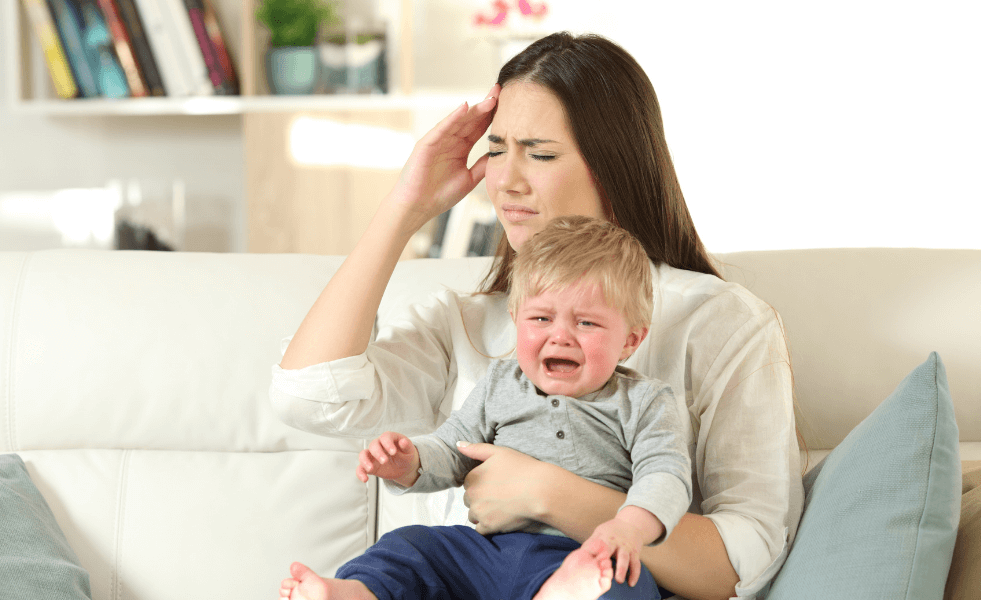





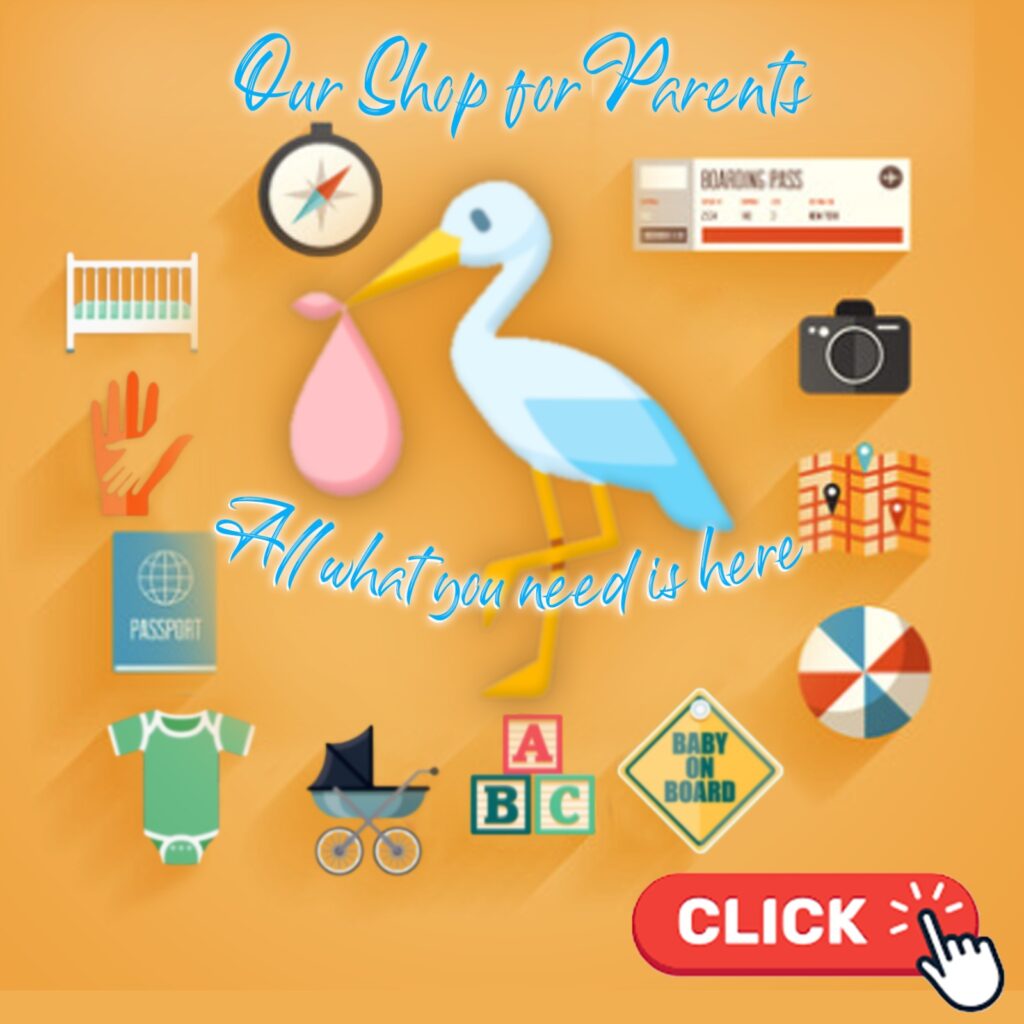
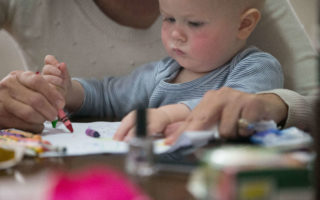










[…] Signs of Terrible Twos and How to Deal with Them […]